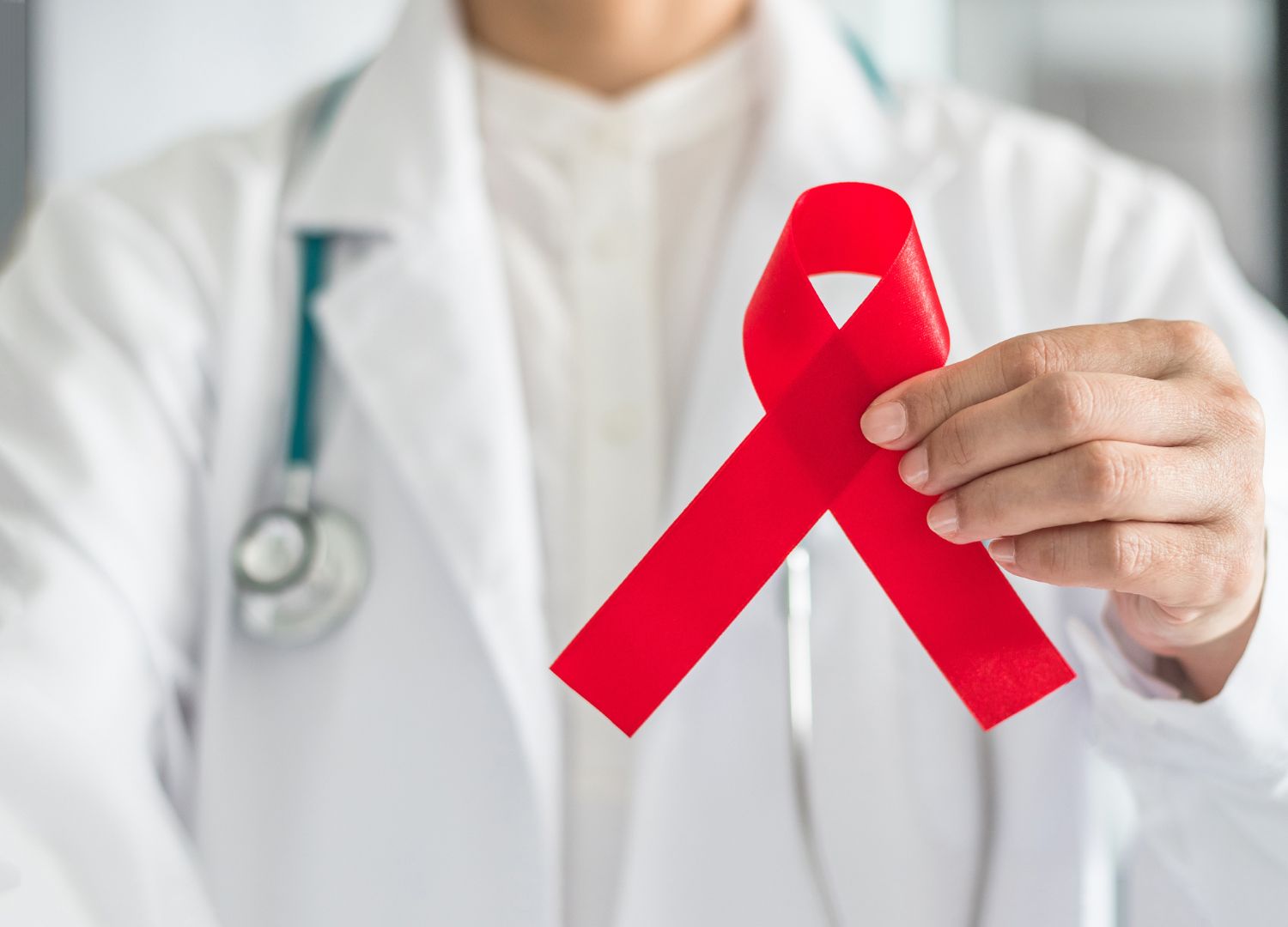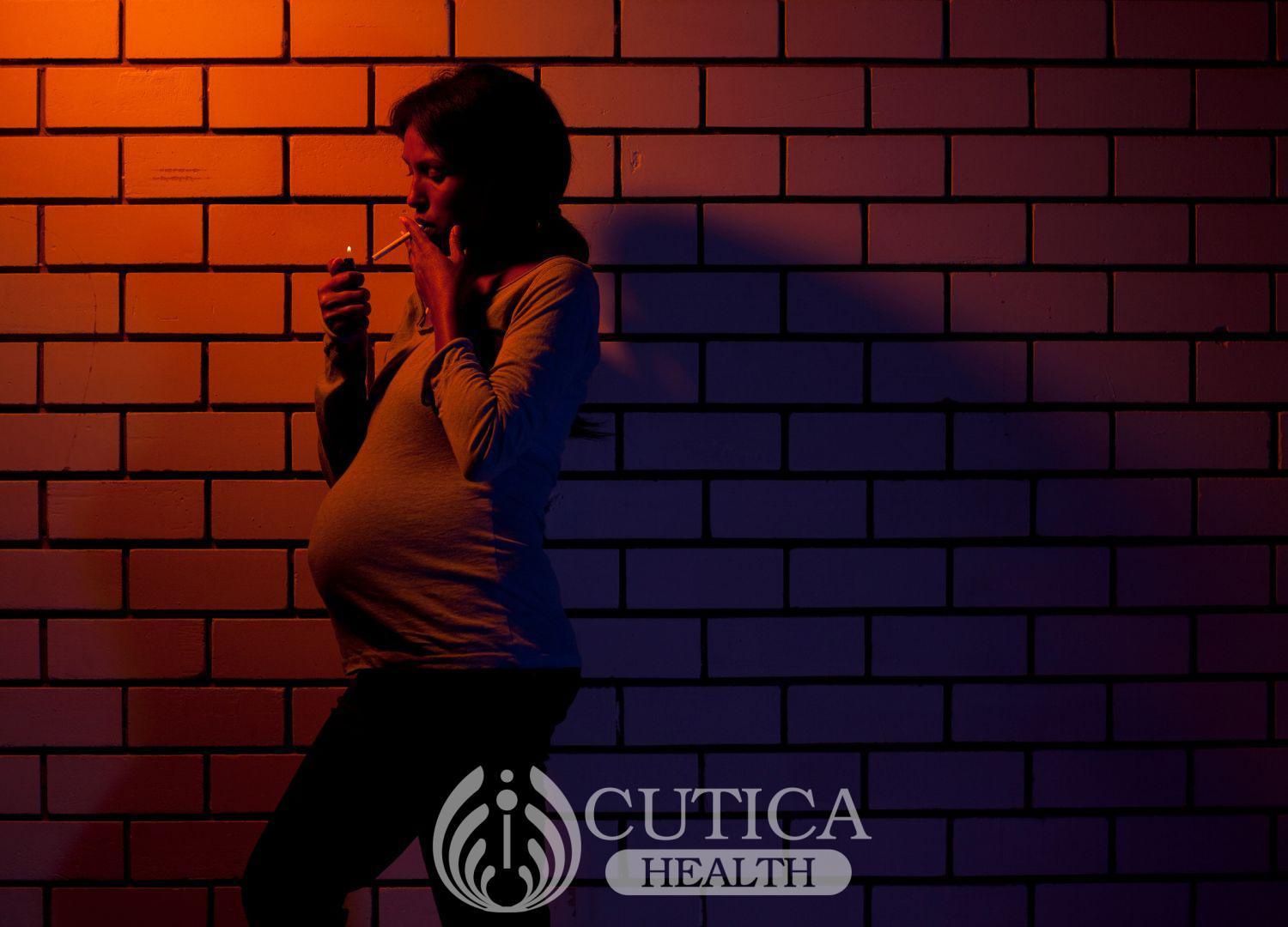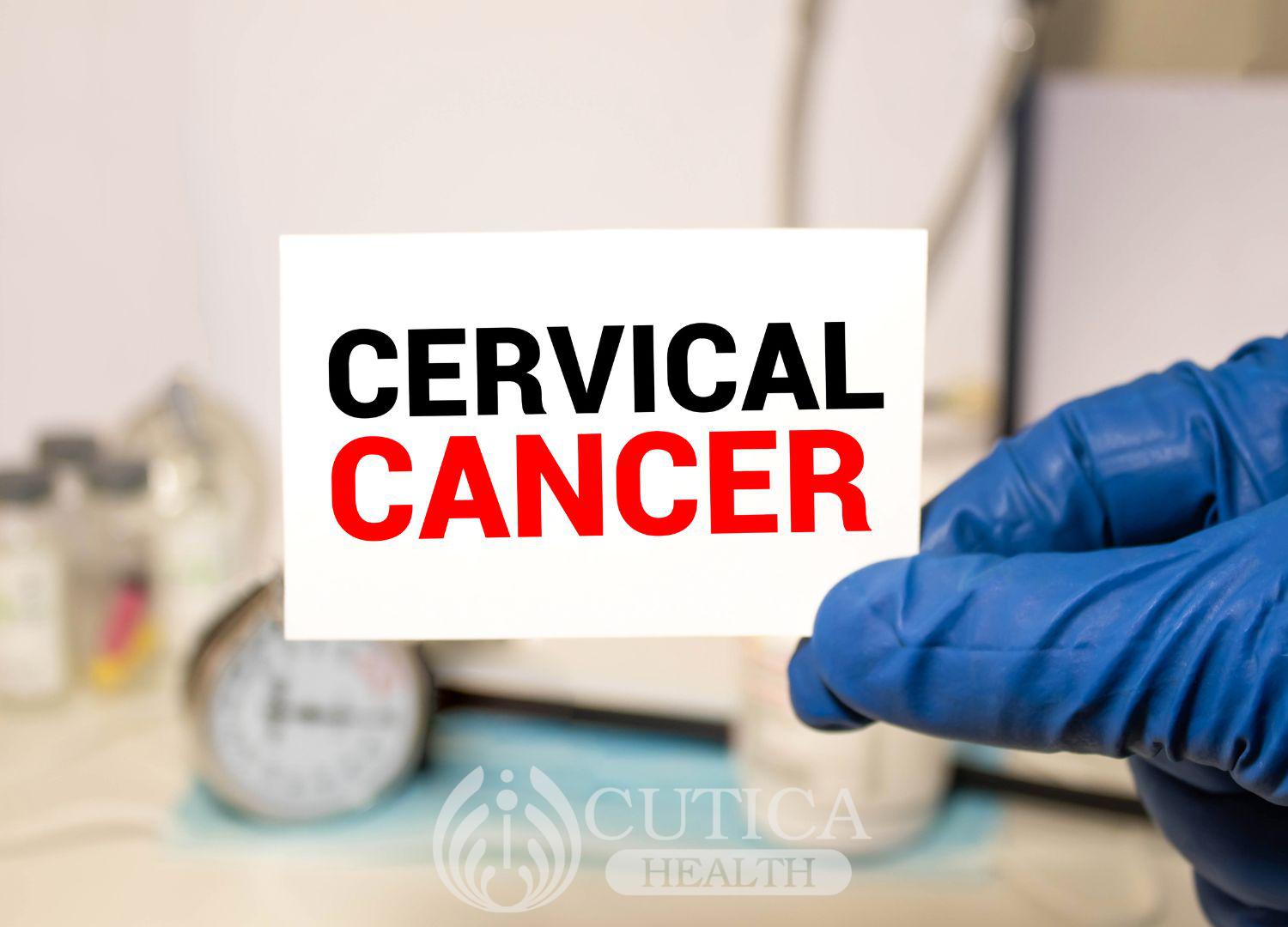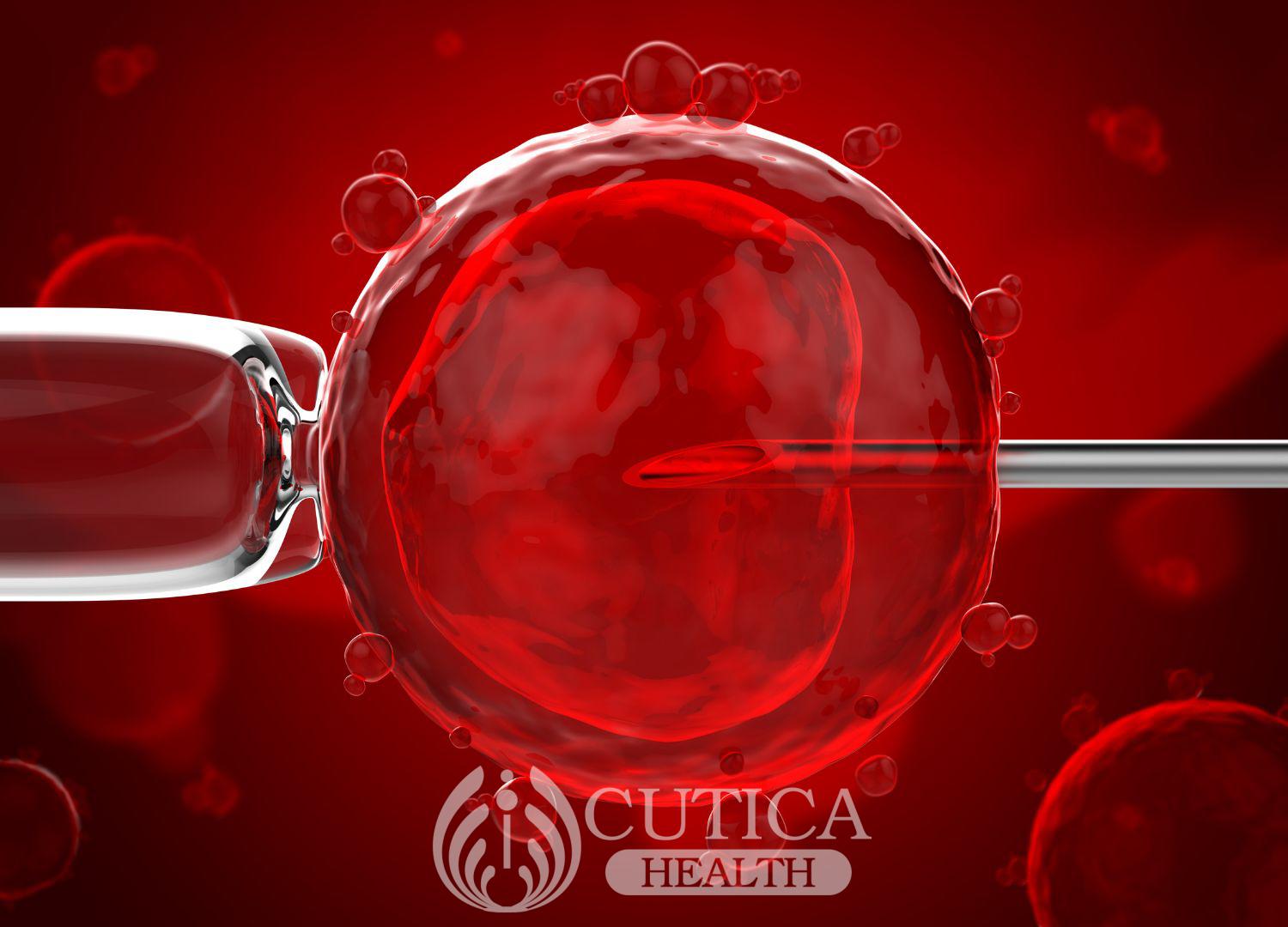
The cervix is part of the female reproductive system. It lies at the lower part of the womb (uterus), creating a passage between the womb and vagina.
Cervical cancer occurs when there's a change in the cells lining the cervix, leading to the development of abnormal cells. These abnormal cells can penetrate the deeper tissues of the cervix and can also spread (metastasize) to other organs

WHAT CAUSES CERVICAL CANCER?
A virus known as Human papilloma virus (HPV) has been implicated in almost all cases of cervical cancer. This virus is quite common and can be transmitted through sexual contact with a man or a woman. One can also get the virus from sharing sex toys.
There are many variants of HPV and not all cause abnormal changes in the cells of the cervix. Two main HPV viruses (HPV 16 and HPV 18) have been linked to over 70% of cervical cancers. Infection with these strains is usually mild without symptoms, so an infection often goes undetected.
WHO IS AT RISK?
Any woman with a cervix is at risk of getting this cancer.
Women who have undergone surgery to remove their uterus and cervix (total hysterectomy) cannot get cervical cancer.

Other factors that increases a person’s risk of getting cancer of the cervix includes:
- Sex at a young age
- History of sexually transmitted diseases
- Multiple sexual partners
- Male partners who are promiscuous.
- Weak immune system, e.g due to HIV/AIDS.
- Age < 45 years (more common in younger females)
- Family history of cervical cancer
- History of exposure to the hormone diethylstilbesterol(DES) while your mother was pregnant with you.
- History of other types of cancer, e.g bladder, vulval, etc.
WHAT ARE THE SIGNS AND SYMPTOMS?
In its early stages, cervical cancer may not present with symptoms as this cancer grows and progresses slowly. However, some common complaints women with suspected cancer of the cervix present with includes:
- Abnormal vaginal bleeding (bleeding during sex, in between periods, after menopause or periods that are heavier than normal.
- Vaginal discomfort
- Foul smelling vaginal discharge
- Pain during sex.

Symptoms due to spread to other areas:
- Painful urination with or without blood in urine.
- Getting tired easily
- Weight loss
- Loss of appetite
- Passage of loose stool, pain while defecating or blood in stool.
- Back pain
- Pain in lower tummy
- Swelling of the legs.
HOW IS IT DIAGNOSED?
An abnormal papanicoloau test, commonly known as a pap smear is the commonest finding.
Following an abnormal pap smear, another test known as colposcopy will be done to better visualize the cervix. A sample of the cells of the cervix may be taken during the procedure for further analysis. These tests are the typical screening tests for cervical cancer and are often done from when a woman clocks 25.
Apart from being examined from head to toe, an important examination known as bimanual examination will be carried out. This involves physically examining the cervix for any signs of infection.
HOW IS IT TREATED?
Cervical cancer is not a death sentence. It can be treated. However, treatment and response to treatment depends on:
- The size and type of cancer
- Location of the cancer
- Spread of the cancer
- General health condition.
Treatment options include surgery, chemotherapy, radiotherapy, etc.
It is important to note that treatment can affect fertility and surgery may require removal of the womb. It is therefore important to discuss this with your doctor if you are yet to complete your family size.
SUMMARY
Cervical cancer is often treatable if caught early. This is why regular pap smears, every 3 years is recommended for women who are sexually active and above the age of 21. HPV vaccines are now being offered to children aged 12-13 years as it offers some protection against genital warts and cancers caused by HPV.

You can also lower your risk by using condoms. However, condoms do not fully cover the skin around your genitals and HPV is transmitted through skin to skin contact.
Maintain a strong immunity by eating healthy, exercising and quit smoking.
There'll be less cases of cervical cancer with increased screening. Lower your chances today and get screened.












